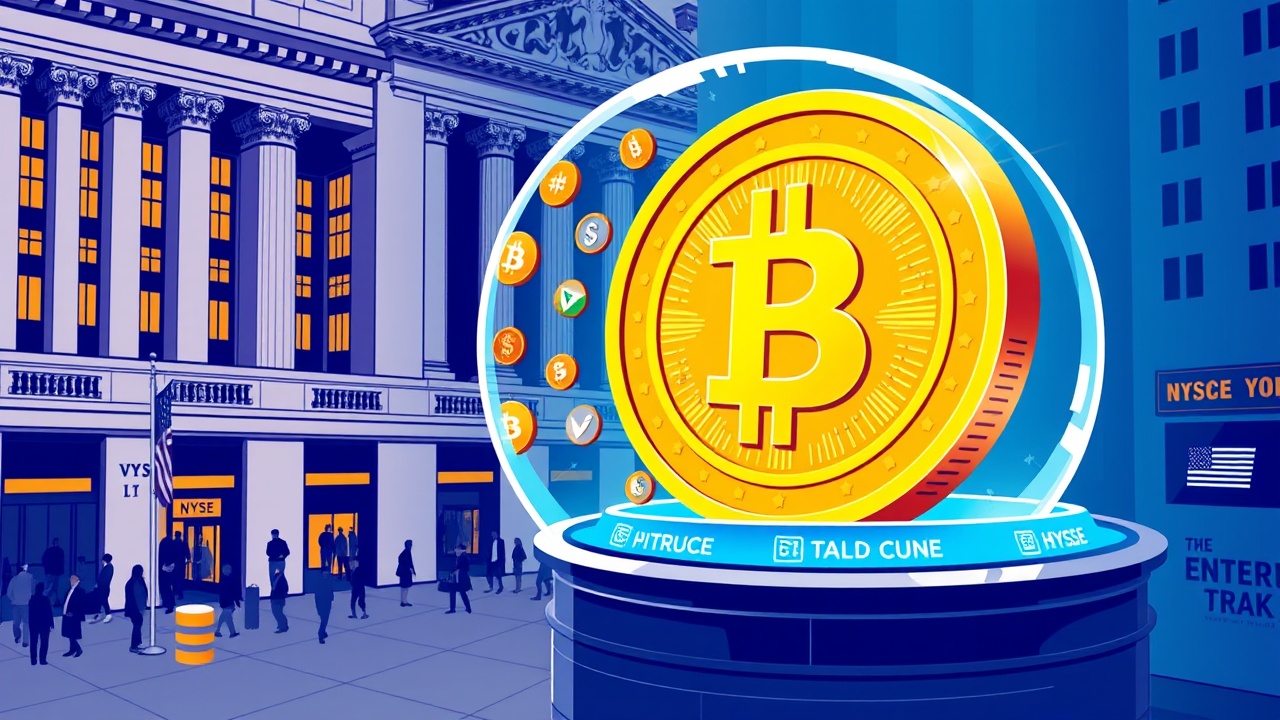Circle’s Landmark IPO on the NYSE
A recent post on Binance Blog sheds light on Circle’s landmark initial public offering (IPO) on the New York Stock Exchange (NYSE), an event that holds significant implications for the realm of stablecoins and the overall cryptocurrency landscape. This development not only elevates the trust and transparency associated with stablecoins but also opens new avenues for their integration within traditional financial systems. Circle’s public listing, now trading under the ticker symbol $CRCL, marks a momentous occasion not only for USD Coin (USDC), which is managed by Circle, but also for the entire stablecoin sector and the cryptocurrency universe at large.
USDC and the Role of Stablecoins
As a regulated cryptocurrency linked directly to the U.S. dollar, USDC stands as a prominent player in the market, operating on a variety of blockchain networks and ensuring users can redeem it at a 1:1 ratio against USD thanks to its backing by liquid cash and equivalents. This makes USDC the second-largest stablecoin by market cap, crucial for various applications including payments, trading, remittances, and decentralized finance (DeFi). Circle’s transition into a publicly traded entity provides both retail and institutional investors an innovative opportunity to engage with the expanding sectors of stablecoins and digital finance.
Implications of Circle’s IPO
The NYSE listing signifies a critical turning point in how stablecoins are perceived, aligning them more closely with established financial norms that can help elevate their status in mainstream finance. Once viewed primarily as instruments favored by blockchain enthusiasts, stablecoins like USDC are increasingly acknowledged by regulatory bodies and traditional financial institutions as they embrace compliance and transparency. Circle’s IPO highlights a potential shift toward stablecoins becoming integral components of the global financial infrastructure.
“Circle’s entrance into the NYSE not only represents a significant milestone for stablecoins but also augments the legitimacy of the entire crypto ecosystem.”
Increased Transparency and Trust
Moreover, as a publicly owned organization, Circle will be obligated to disclose comprehensive reports regarding its reserves, operational protocols, and risk management strategies. This increased transparency may lead to greater confidence among stakeholders and foster more widespread adoption of stablecoins.
By integrating a stablecoin provider into conventional financial markets, trust and accessibility for digital assets are greatly enhanced, gradually reducing the distance between the world of blockchain (Web3) and mainstream finance (Wall Street).
The Future of Financial Transactions
As traditional financial entities often find blockchain assets daunting, investing in a publicly traded company like Circle offers an approachable way for these institutions to explore the realm of stablecoins. This alignment allows financial players to interact with cryptocurrencies while remaining within familiar market structures.
In addition to fostering collaborations with banks, payment providers, and regulatory bodies, Circle’s public status serves to simplify fiat-to-crypto conversions and vice versa, subsequently enhancing user trust. By streamlining these processes, Circle is positioned to aid in the gradual dismantling of barriers that have long kept cryptocurrencies separate from conventional finance, making the transition into the digital economy seamless for individuals and institutional participants alike.
Consequently, Circle’s debut on the NYSE signifies a pivotal evolution in the public perception of stablecoins, paving the way for their evolving role in everyday financial transactions and international commerce.




